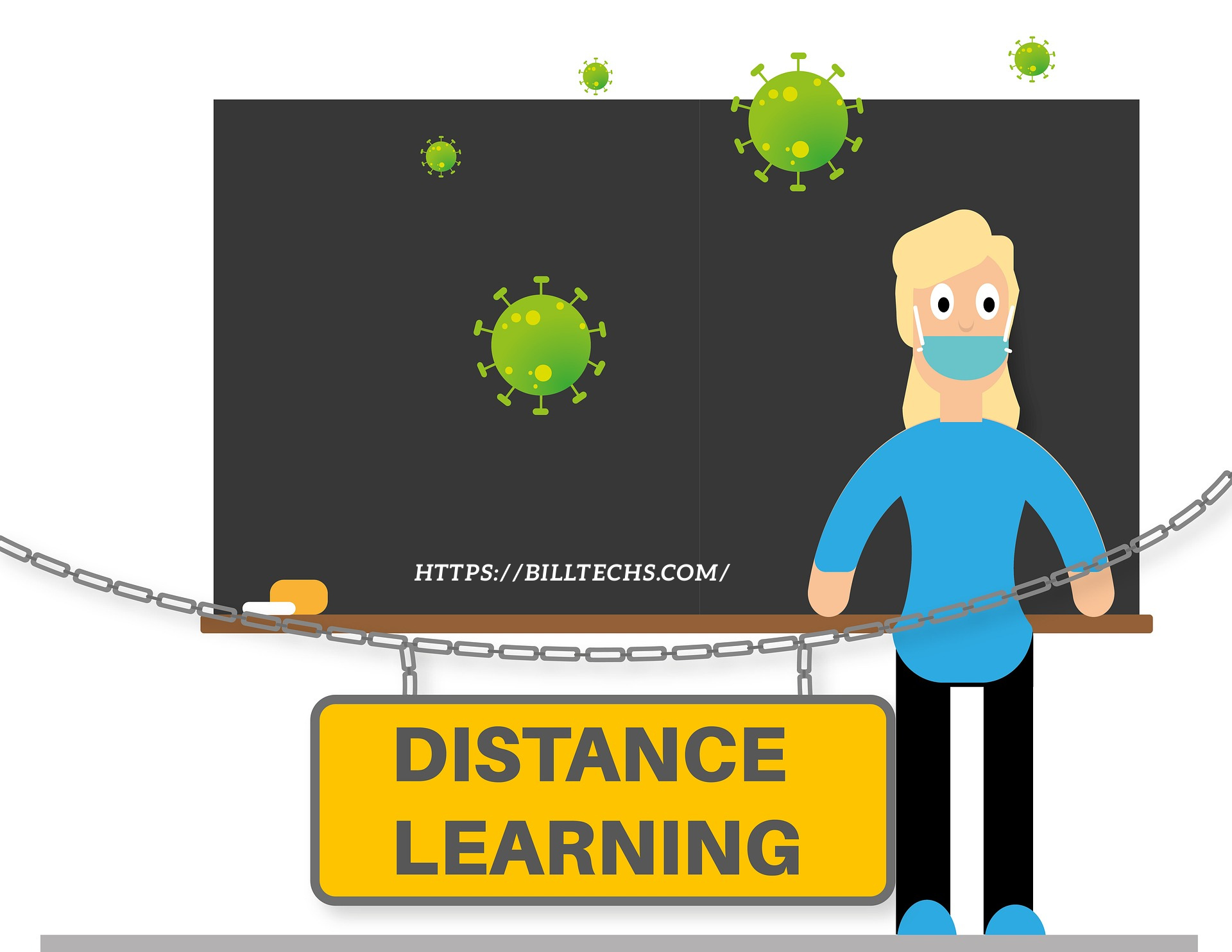Distance learning offers a flexible solution for continuing one’s education while meeting the demands of professional life. It is particularly suitable for working professionals looking to further their studies while remaining constrained by busy schedules.
There are many advantages to online learning for students, including flexibility and convenience. But distance learning also presents some downsides.
Definition
Distance learning refers to any form of education in which students and teachers do not interact directly, often through various communication platforms such as email, telephone or traditional mail. Students receive class material via these methods before returning completed assignments for evaluation. It has become an increasingly popular form of study among those seeking college degrees or certification without attending traditional university classes.
Definition of distance learning can be challenging, as its scope encompasses many distinct forms of remote educational experiences. Although distance learning shares some similarities with classroom-based education models such as Moodle or Blackboard, it’s essential that it can be distinguished between these models.
There are also differences between synchronous and asynchronous distance learning, with certain forms of distance education falling into either category. Asynchronous learning allows students to study on their own schedule while synchronous teaching requires teachers and students to interact in real-time via various technologies.
Distance learning can be defined and distinguished from other practices like people self-teaching themselves information in their free time, and from similar forms of education such as e-learning or online learning that offer similar but more structured education experiences. By understanding its four key characteristics, one can more readily understand distance learning and distinguish it from similar forms such as self-study.
Objectives
Distance learning offers an effective means of furthering education for many reasons. Students may not be able to attend college due to geography, work commitments or family life constraints, while others needing skills updates may choose this path as a flexible alternative way to enhance career advancement or personal satisfaction.
Distance learning allows students to study from the comfort of their own homes, with lectures held on a schedule similar to attending physical classes. Some of the most popular distance learning courses can be found online while there are also other forms available such as video conferencing calls.
There are different forms of distance learning, including synchronous and asynchronous methods. Synchronous distance learning entails students interacting directly with lecturers via video call or teleconferencing software, while asynchronous methods typically consist of prerecorded lectures that students can watch whenever convenient while asking any necessary questions via one of the communication platforms available to them.
Tool 5: Inventory of Existing Distance Learning Content is used to assess existing programming and content based on Action Point 1E work. Analyze this information according to education level and modality before mapping any gaps in coverage. When planning new development based on findings from Tool 2: Data and Evidence Base, vision goals and of Tool 1: Vision and Instructional Goals need to be tailored accordingly as context-specific goals that include plans for equity/inclusion are created from Tool 1.
Methods
Distance learning offers students an opportunity to obtain education while still meeting work, family, and other commitments. It also opens access to learning for people who would not otherwise be able to attend conventional classes due to geographical or financial restrictions. Distance learning methods may include e-learning, telelearning, virtual classrooms, correspondence courses, videoconferencing as well as videoconferencing synchronous interactions where participants interact simultaneously or asynchronous in which learners engage with materials independently at various times of day or week.
Distance learning can be utilized successfully from kindergarten through university education, and its potential for pedagogical innovation is vast. Traditional methods such as e-learning and videoconferencing remain important tools of education; however, new technologies offer exciting ways of creating more intimate and interactive learning opportunities through collaborative platforms like Pear Deck or Explain Everything; peer and student feedback tools; digital assessment systems; interactive lessons; collaborative efforts online collaboration opportunities – the list is growing! The What Works Clearinghouse has collected and analyzed evidence on innovative developments in Distance Learning to assist educators and learners understand what strategies are most effective for supporting learning and achievement remotely. You can access this research here.
